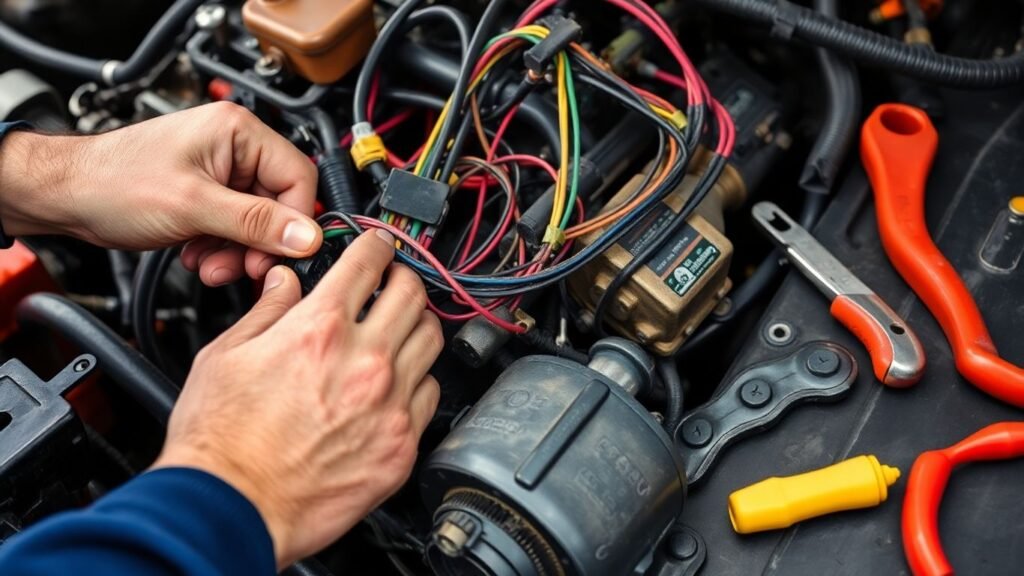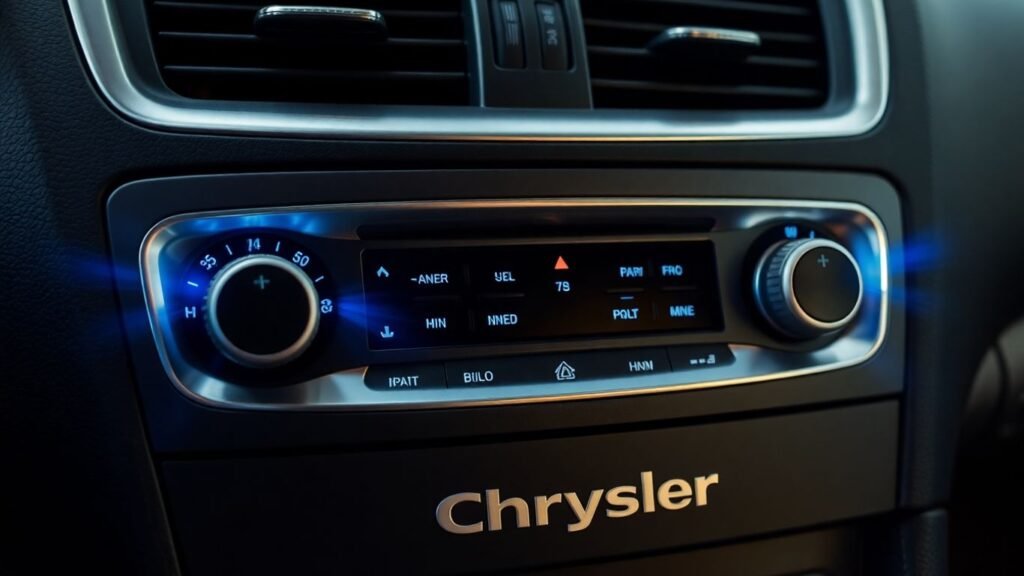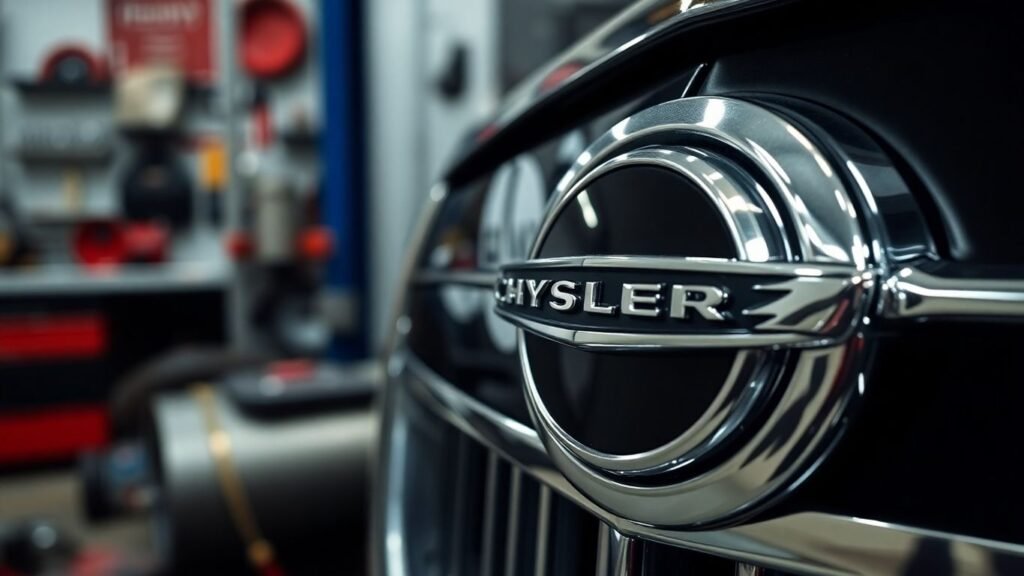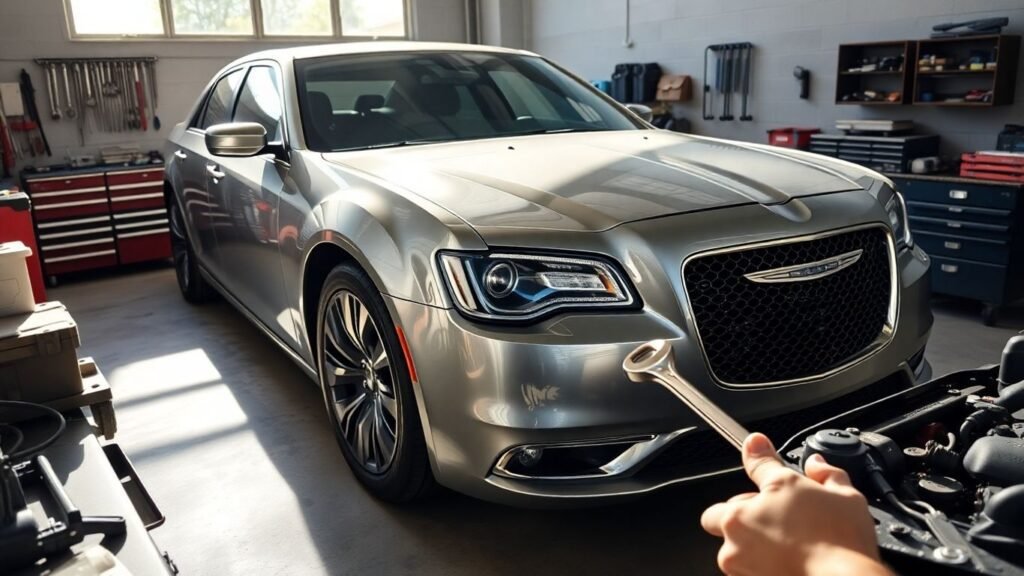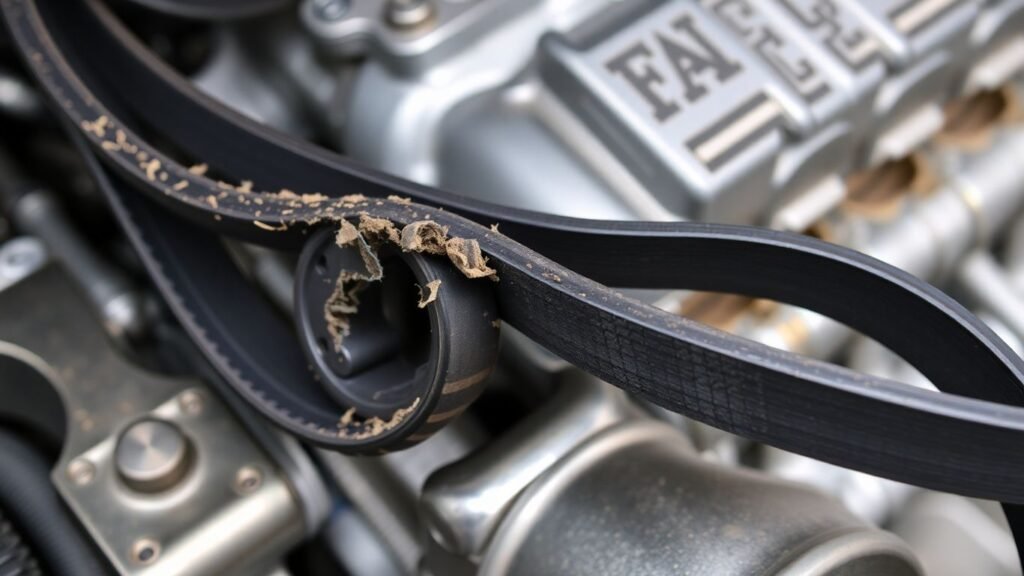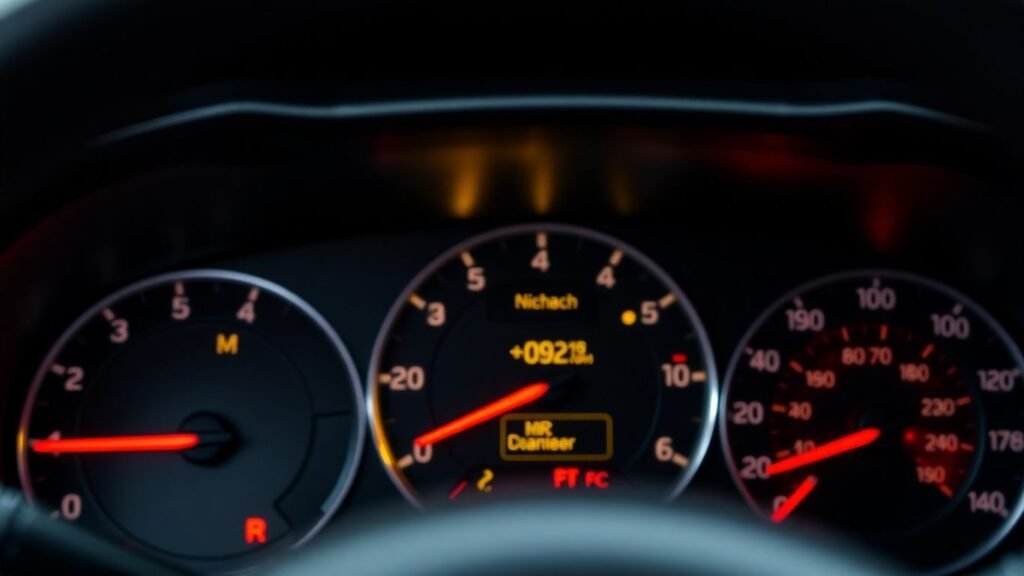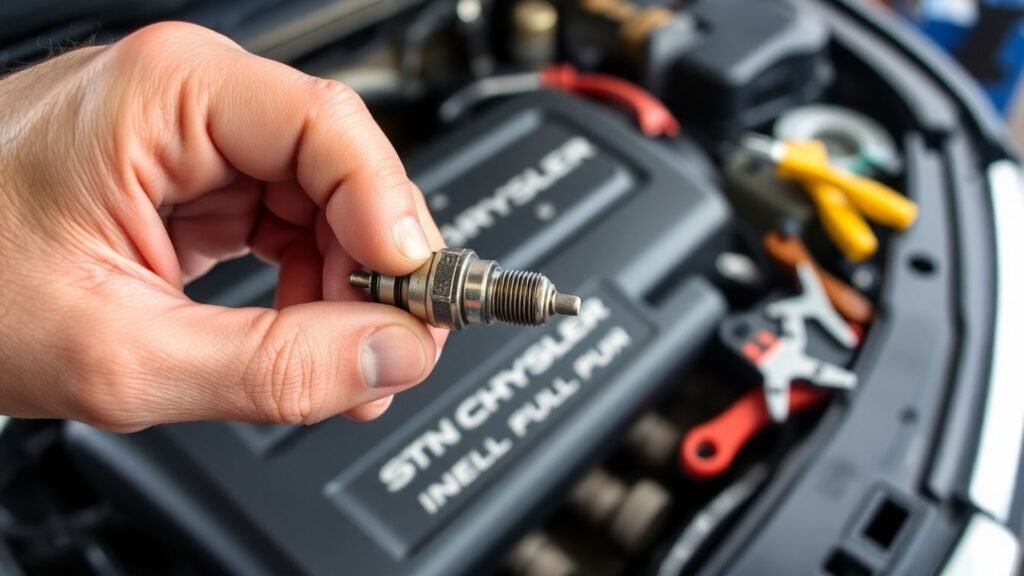Unlock Savings: How Professional Chrysler Wreckers Slash Your Repair Costs
Working on cars can be a real headache, especially when parts are hard to find or the design makes things extra tricky. Chrysler vehicles, like many others, sometimes have designs that make repairs more difficult than they need to be. This can lead to higher costs and longer waits at the mechanic. But there’s a smart way to handle these issues and keep your car running without breaking the bank. We’re talking about how professional Chrysler wreckers save your costs. Key Takeaways Some Chrysler car designs can make repairs difficult and expensive. Professional Chrysler wreckers can find parts that are hard to get or no longer made. Using salvaged parts from wreckers is much cheaper than buying new ones. Wreckers have the know-how to identify good used parts for specific Chrysler models. Getting parts and advice from wreckers can lower labor costs and help your car last longer. Understanding Chrysler’s Design for Serviceability Challenges The Impact of Poor Design Choices on Repairability Sometimes, car manufacturers make choices during the design phase that, while maybe saving a few bucks upfront, end up making repairs a real headache down the road. Chrysler vehicles haven’t always been the easiest to work on. Think about needing to remove an entire engine mount just to swap out an alternator, or having to practically take apart the dashboard to get to a simple part like an HVAC blend door. These kinds of design decisions can turn a routine fix into a time-consuming and expensive ordeal. It’s like building a house where the light switch is behind a wall that needs to be demolished to change the bulb. When Convenience is Sacrificed for Cost Savings It often seems like certain design choices prioritize manufacturing cost over ease of maintenance. For instance, some Chrysler models have had components like batteries placed in incredibly awkward spots, like behind the front wheel well, requiring the removal of the wheel and fender liner just for access. This isn’t just inconvenient; it adds significant labor time and cost to what should be a simple task. In some cases, manufacturers have even discontinued easily replaceable parts, forcing owners to buy much more expensive, complete assemblies instead. This can feel like a deliberate move to increase repair expenses for the customer. The goal of making a car easy to fix, known as ‘design for serviceability,’ is often overlooked. When engineers focus solely on assembly line efficiency or initial production costs, they can inadvertently create vehicles that are incredibly difficult and costly to maintain over their lifespan. This impacts not only the car owner but also the mechanics trying to perform the necessary work. Chrysler’s Evolving Approach to Vehicle Maintenance Over the years, there have been shifts in how manufacturers, including Chrysler, approach vehicle design with repairability in mind. While older models might present significant challenges, newer designs sometimes show an effort to make common maintenance tasks more straightforward. However, the legacy of past design choices means that many Chrysler vehicles still require specialized knowledge or methods to repair efficiently. This evolution is ongoing, and the effectiveness of these changes can vary greatly between different models and generations. How Professional Chrysler Wreckers Save Your Costs Accessing Hard-to-Find and Discontinued Parts Sometimes, finding the exact part you need for a Chrysler can feel like searching for a needle in a haystack, especially if it’s an older model or a part Chrysler no longer makes. New parts for these vehicles might be discontinued, making them incredibly rare and expensive, if you can find them at all. This is where professional Chrysler wreckers really shine. They have established networks and a keen eye for identifying vehicles that are being dismantled. They can often source components that are no longer available through traditional channels. Think about it: a part that’s out of production for a 2005 PT Cruiser might be readily available in a salvage yard, saving you a massive headache and a lot of money. The Value of Salvaged Components Salvaged parts aren’t just a last resort; they’re often a smart choice. When a Chrysler is brought to a professional wrecker, it’s not just scrapped. Trained professionals carefully inspect and salvage usable components. These parts have already proven their worth in a vehicle, and when removed and inspected by experts, they can offer reliable performance at a fraction of the cost of a new part. For example, a salvaged transmission or engine from a low-mileage vehicle that was written off due to an accident can be a perfectly good, cost-effective replacement. Expertise in Sourcing and Identifying Quality Used Parts It takes more than just luck to find good used parts. Professional wreckers have a deep knowledge of Chrysler vehicles. They know which parts are prone to failure and which tend to last. They can identify subtle differences between parts that look similar but aren’t interchangeable. This expertise means they can help you find the right part the first time, avoiding the frustration and added expense of buying the wrong component. They can also assess the condition of a salvaged part, giving you a better idea of its remaining lifespan. It’s like having a seasoned mechanic on your side, but for sourcing parts. Many owners find that certain Chrysler models, while great to drive, can present unique repair challenges due to their design. Sometimes, accessing a common part might involve a surprisingly complex procedure, driving up labor costs significantly. Professional wreckers understand these quirks and can often provide the exact component needed, bypassing the need for extensive labor to remove and replace it. Part Type New OEM Cost (Est.) Salvaged Cost (Est.) Savings (Est.) Engine Control Module $500 – $1200 $150 – $300 Up to 70% Alternator $200 – $400 $75 – $150 Up to 62% Headlight Assembly $300 – $600 $100 – $200 Up to 67% Radiator $250 – $500 $80 – $180 Up to 64% The Economic Advantage of Salvaged Chrysler Parts Significant Savings Compared to New OEM Parts When your Chrysler needs a part, you’ve



